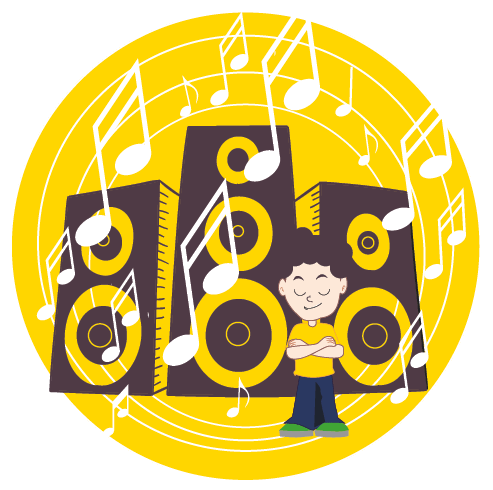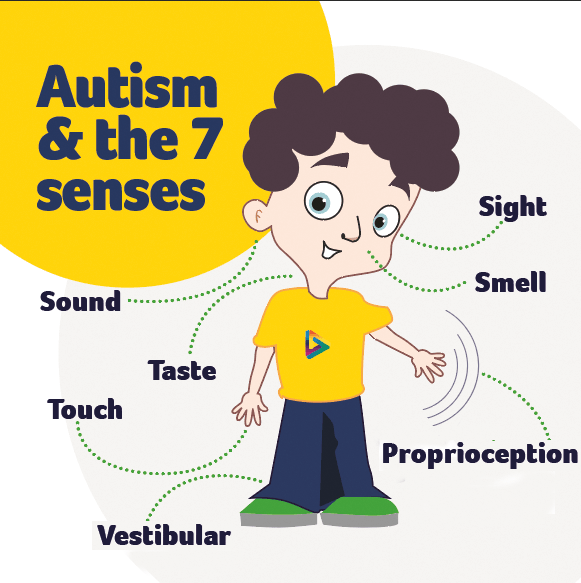Hearing
There are several ways in which autistic people may experience sensory challenges to do with hearing. When people can’t tell us how they feel we use an assessment tool called a sensory profile. Sometimes the noisiest people are noise sensitive. It helps them to block out other sounds. Some of the challenges faced by an individual on the autism spectrum dealing with sound include…

Auditory cluttering
Anxiety involving difficulties in filtering and processing sounds, which can be a very painful experience for individuals.
Over-sensitivity to sound (hyper-responsive)
A very painful reaction to noises like alarms, bursting balloons, sirens, drills, banging doors, dogs barking and babies crying – even a buzzing insect may cause distress. People may use ear-defenders to block out some of the noises.
Under-sensitivity to sound (hypo-responsive)
Someone may be under-sensitive to sound – or to a particular sound – and may seek to experience extreme volumes of that sound to gain the stimulation they require.
Environmental meaning deafness (auditory agnosia)
Difficulties in processing and understanding sounds even if heard before. Reminders such as “That’s the dinner bell – time for dinner,” can really help.
Meaning deafness (auditory verbal agnosia)
Understanding what language means can be difficult. Use short, direct sentences so that the child/adult will have a better chance of understanding the meaning.
Tonal Deafness (tonal agnosia)
An inability to pick up tone, inflection or emphasis from a person’s voice. Around 38% of our communication is conveyed in this way, so say what you really mean and always try to be clear and concise.

Discover more about the senses click on the images or download our leaflet







